How to Care for a Pet Green Tree Python
Updated on 04/26/24
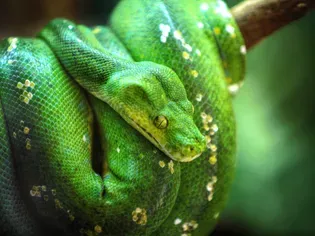
Unveiling the Secrets of Green Tree Python Care: A Comprehensive Guide to Nurturing Your Captivating Reptile
Introduction:
In the enchanting realm of reptile keeping, the enigmatic Green Tree Python (Morelia viridis) stands out as a magnificent arboreal beauty. Its vibrant emerald scales, incredible agility, and captivating gaze have captivated reptile enthusiasts worldwide. However, providing exceptional care for these extraordinary creatures requires a deep understanding of their unique needs and behaviors.
Chapter 1: Delving into the Green Tree Python's Natural Habitat
To truly master the art of Green Tree Python care, it is essential to delve into their natural environment. These captivating reptiles hail from the rainforests of Australia, Papua New Guinea, and Indonesia, where they inhabit towering tree canopies. Their arboreal lifestyle dictates their physical adaptations and behavioral traits. Understanding their natural habitat will inform every aspect of their captive care.
Chapter 2: Crafting the Ideal Enclosure
Creating a sanctuary that mimics the Green Tree Python's natural environment is paramount. Their enclosure should be spacious, providing ample climbing space. Vertical branches and sturdy foliage should be strategically placed to facilitate their arboreal nature. It is crucial to establish a thermal gradient within the enclosure, offering varying temperatures to suit their thermoregulatory needs.
Chapter 3: Nutrition: Fueling Your Green Tree Python
Green Tree Pythons are primarily carnivorous, subsisting on a diet consisting of rodents. Their feeding regimen should be formulated based on their age and size. Younger pythons require more frequent feedings, while adults can be fed less often. Prey items should be appropriately sized to prevent injury to the python. Ensuring a regular supply of fresh water is equally important for their hydration.
Chapter 4: Temperature and Humidity: Creating a Balanced Environment
Maintaining optimal temperature and humidity levels is vital for Green Tree Python health. They thrive in warm, humid environments that mimic their rainforest habitat. The basking area should offer temperatures between 85-90°F (29-32°C), while the cooler end of the enclosure should be around 75-80°F (24-27°C). Humidity levels should range between 60-80% to prevent respiratory issues and dehydration.
Chapter 5: Lighting: Simulating the Natural Day-Night Cycle
Green Tree Pythons follow a diurnal pattern, meaning they are active during the day. Providing them with a light cycle that simulates their natural day-night pattern is crucial. This can be achieved using a timer to regulate the lighting system. UVB lighting is also beneficial for their overall health, aiding in calcium absorption and vitamin D synthesis.
Chapter 6: Handling and Socialization: Fostering a Respectful Relationship
Like all reptiles, Green Tree Pythons require careful handling techniques to prevent stress and injury. Always approach your python slowly and calmly, supporting its body with both hands. Handle them sparingly, as excessive handling can disrupt their natural behaviors. Socialization should be introduced gradually and with patience, to promote a positive relationship between the keeper and the reptile.
Chapter 7: Common Health Issues and Veterinary Care
Green Tree Pythons are generally hardy reptiles, but like all animals, they can experience occasional health concerns. Respiratory infections, skin problems, and parasites are common issues that require prompt veterinary attention. Establishing a relationship with a qualified reptile veterinarian is essential for ensuring the well-being of your python. Regular checkups and preventive measures can help detect and address health issues early on.
Chapter 8: Enrichment and Activities: Stimulating Physical and Mental Well-being
Enrichment is crucial for the physical and mental well-being of Green Tree Pythons. Providing them with climbing structures, hiding places, and interactive toys helps mimic their natural environment. Offering a variety of sensory experiences, such as misting or introducing different scents, can further stimulate their curiosity.
Chapter 9: Breeding Green Tree Pythons: A Guide for Experienced Keepers
Breeding Green Tree Pythons can be a rewarding experience for experienced keepers. However, it requires a deep understanding of their reproductive biology and specific breeding requirements. Proper pairing, incubation techniques, and hatchling care are essential for successful breeding. This chapter is intended for advanced keepers with prior experience in reptile breeding.
Conclusion:
Green Tree Pythons are captivating and fascinating reptiles that make exceptional companions for experienced keepers. By providing them with the proper care, you can ensure their health, well-being, and longevity. This comprehensive guide has equipped you with the essential knowledge and practical advice to embark on the rewarding journey of caring for these magnificent creatures. Remember, patience, observation, and a deep respect for their unique needs are the keys to creating a thriving environment for your Green Tree Python.
Explore More Pets
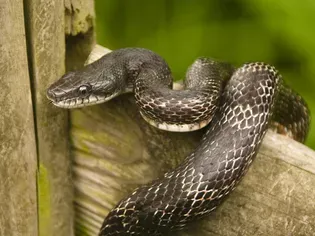
Pet Snake Species
Black Rat Snake: Species Profile

Pet Snake Species
How to Care for a Pet Corn Snake
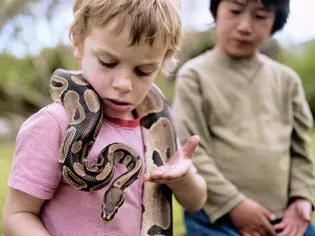
Pet Snake Species
Do Ball Pythons Make Good Pets?
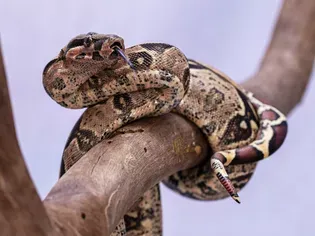
Pet Snake Species
Central American Boa Species Profile
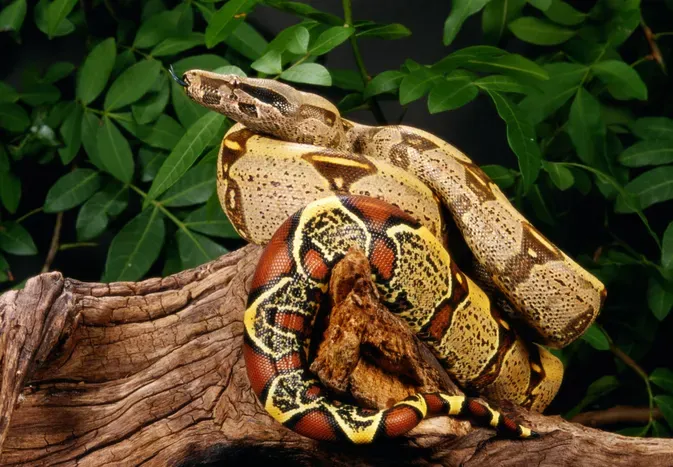
Pet Snake Species
Red Tail Boas
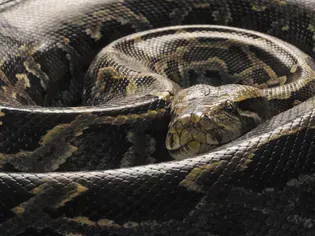
Pet Snake Species
Burmese Pythons: Species Profile
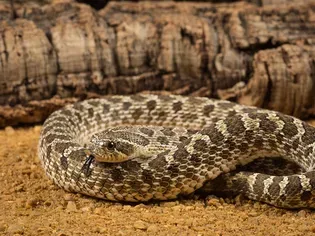
Pet Snake Species
Hognose Snake: Species Profile
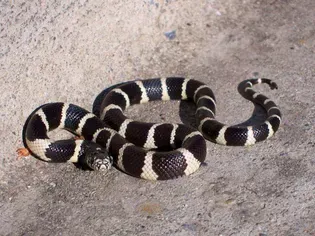
Pet Snake Species
Kingsnakes and Milk Snakes: Species Profile